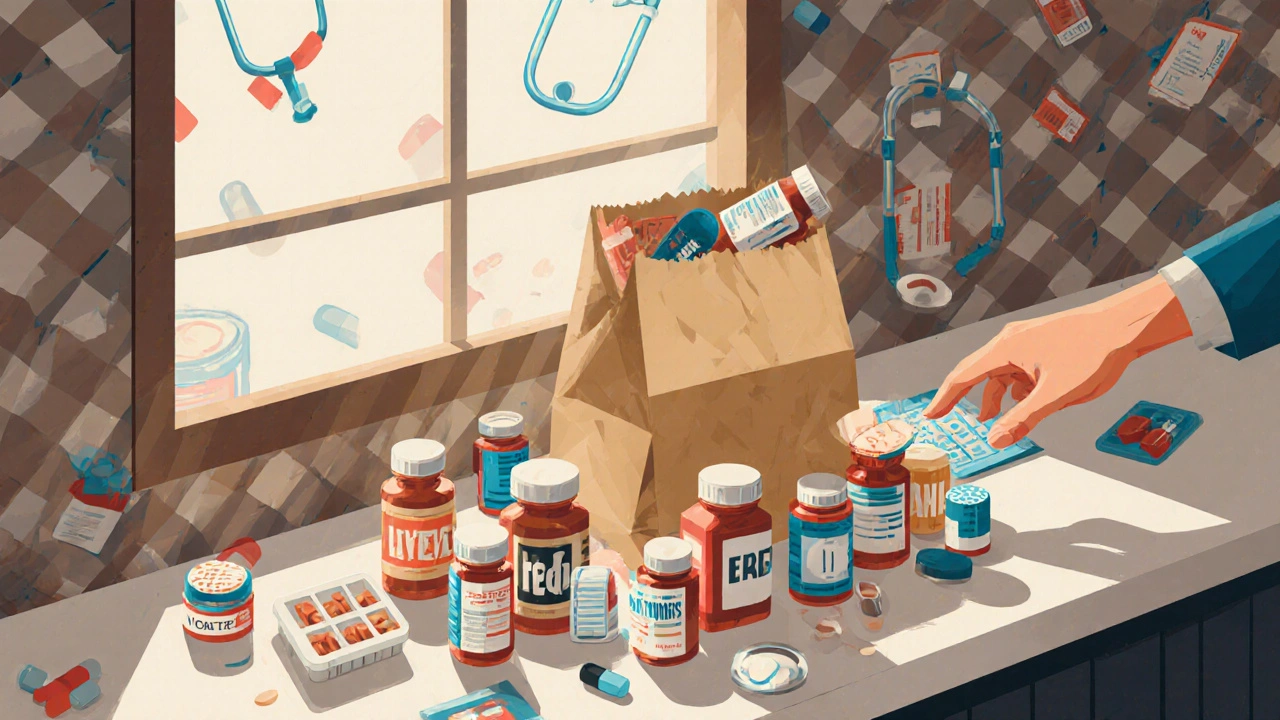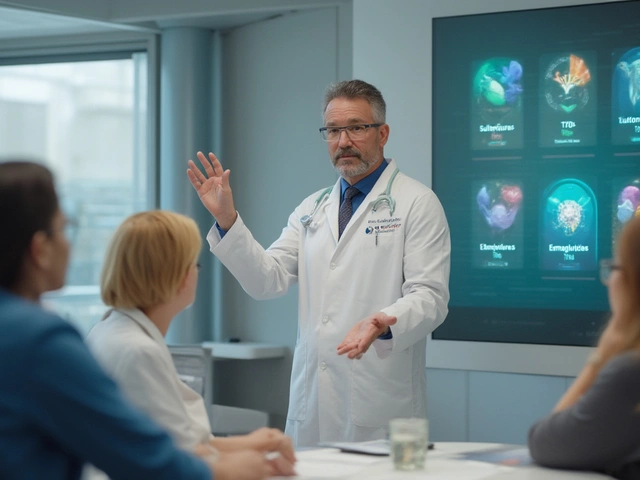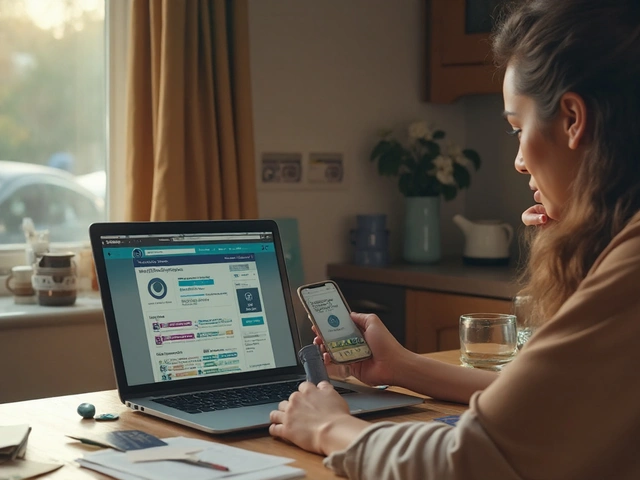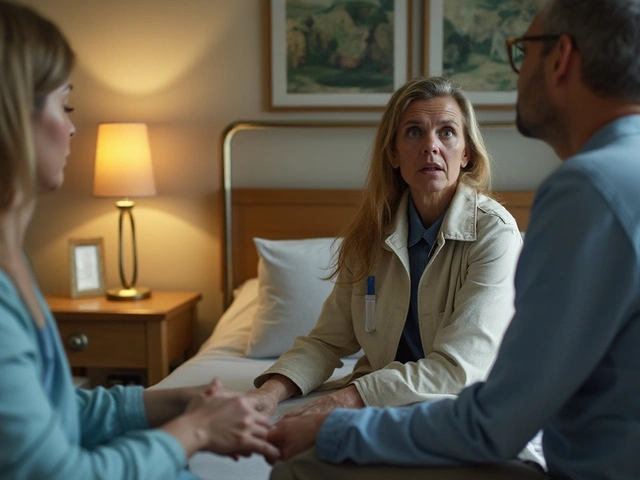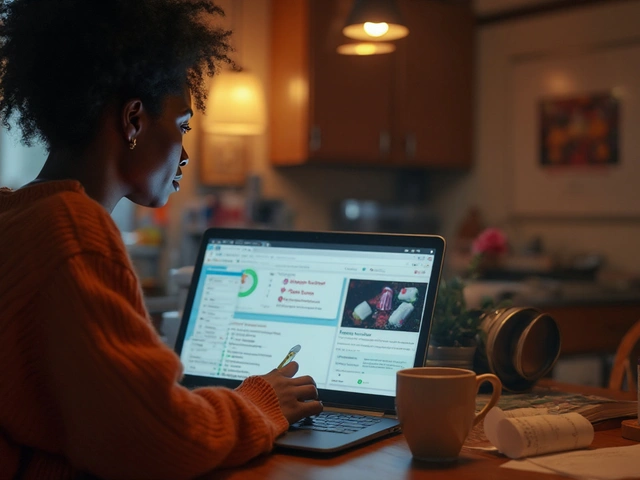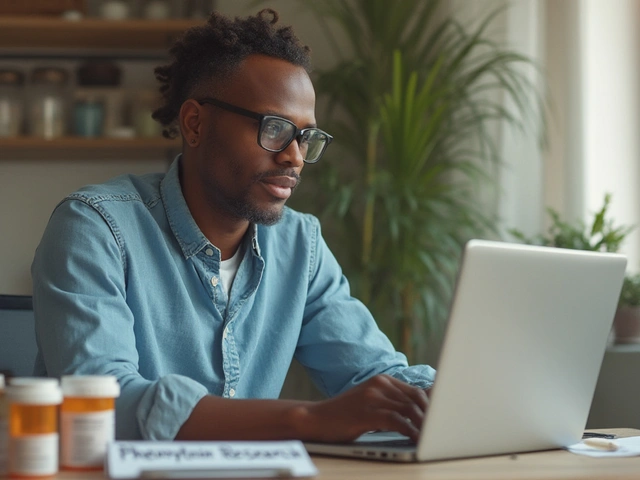Pill Bottles: Safe Storage, Labeling, and Handling Tips for Medications
When you pick up a prescription, the pill bottles, small plastic containers designed to hold oral medications and protect them from moisture and light. Also known as medication vials, they're the first line of defense against accidental overdose, contamination, or confusion—especially in homes with multiple people taking different drugs. Most people treat them like ordinary containers, but a mislabeled or poorly sealed pill bottle can lead to serious mistakes. Think about it: if you can’t tell which bottle holds your blood pressure pill versus your diabetes med, you’re one tired morning away from a dangerous mix.
Pill labeling, the printed or handwritten information on medication containers that includes drug name, dosage, and instructions is just as important as the medicine inside. Many of the posts in this collection deal with errors caused by unclear or missing labels—like someone crushing a pill meant to be swallowed whole, or a caregiver giving a child the wrong dose because the bottle wasn’t clearly marked. The pill splitting, the practice of dividing tablets to adjust dosage or reduce cost is common, but it’s risky without the right tools. Splitting a pill by hand can create uneven doses, dust contamination, or expose the drug to air and moisture, making it less effective. That’s why safe pill splitting guides stress using a proper pill splitter and keeping the original bottle clean and labeled.
And it’s not just about the bottle itself—it’s about what’s around it. Medication storage, how and where drugs are kept to maintain potency and prevent access by children or pets matters more than you think. Heat, humidity, and light can ruin pills. Leaving them on the bathroom counter? That’s a recipe for degraded medicine. Storing them in a kitchen cabinet near the stove? Even worse. The best practice is a cool, dry place—like a bedroom drawer—away from pets and kids. And don’t forget: if you’re traveling, keeping pills in their original bottles isn’t just smart, it’s often required by law. Airlines, border agents, and pharmacies all recognize the original container as proof of legitimacy.
These aren’t just small details—they’re lifesavers. One wrong pill, one misread label, one crushed tablet can trigger an overdose, an allergic reaction, or a missed treatment. The posts here cover real-world problems tied to pill bottles: how to avoid contamination when splitting meds, how to safely dispose of old bottles, how to keep meds away from pets who’ve chewed through a bottle, and why some drugs need child-resistant caps while others don’t. You’ll find advice on reading medication guides that warn about what happens if a pill bottle is opened too early, or how to spot when a bottle’s been tampered with. Whether you’re managing your own meds, helping an elderly parent, or caring for a pet who accidentally got into a bottle, the right knowledge turns a simple plastic container into a tool for safety.
Below, you’ll find practical guides that show you exactly how to handle pill bottles right—from labeling tricks that prevent mix-ups, to storage setups that protect your meds, to what to do if a bottle gets damaged or opened by accident. No fluff. Just clear steps you can use today to keep your medications—and your household—safe.
